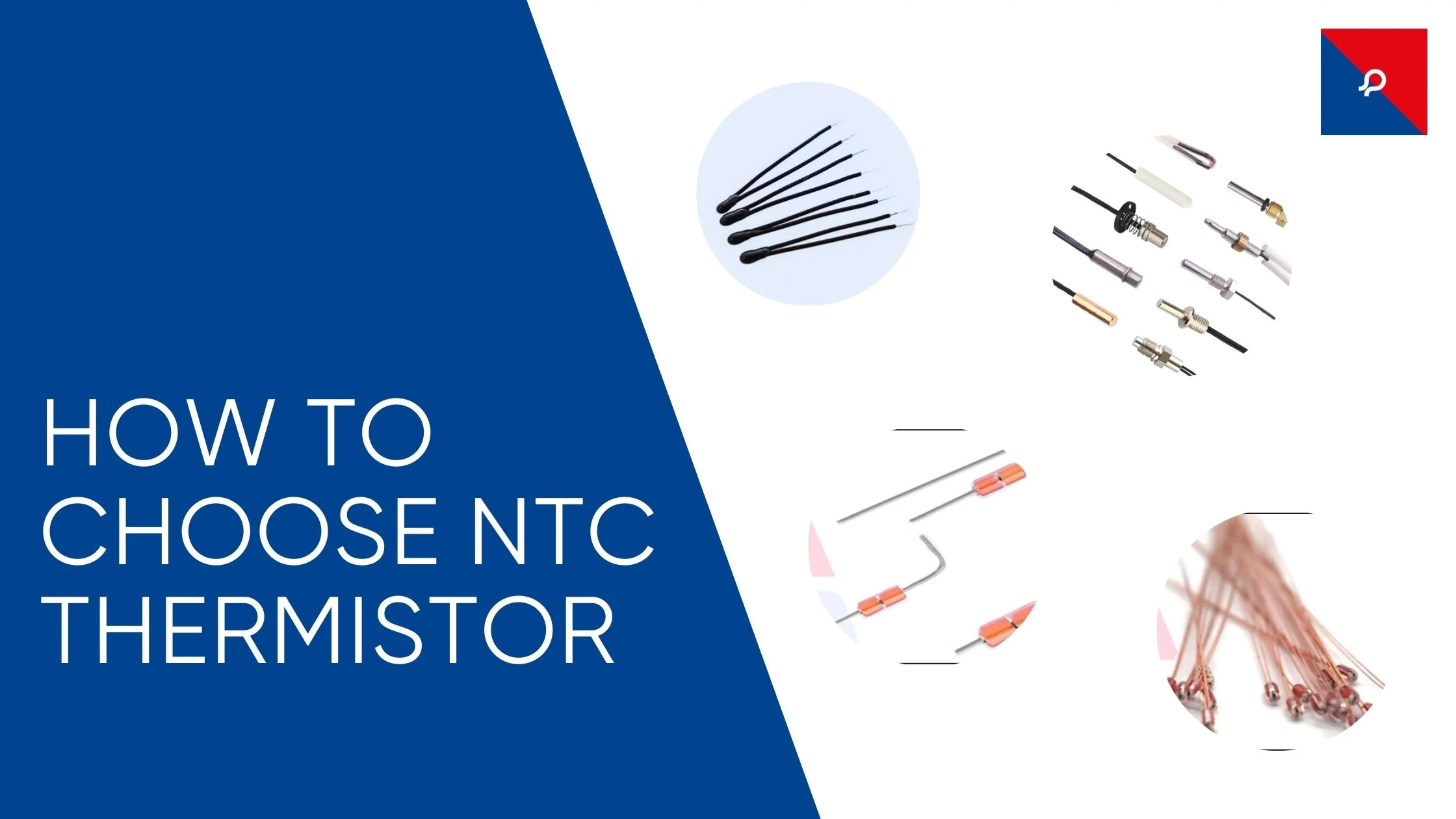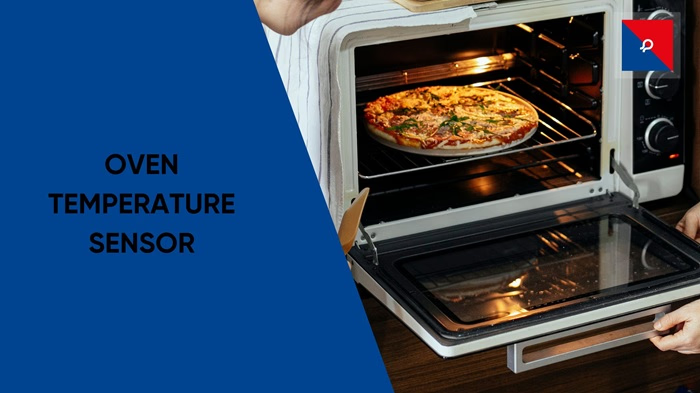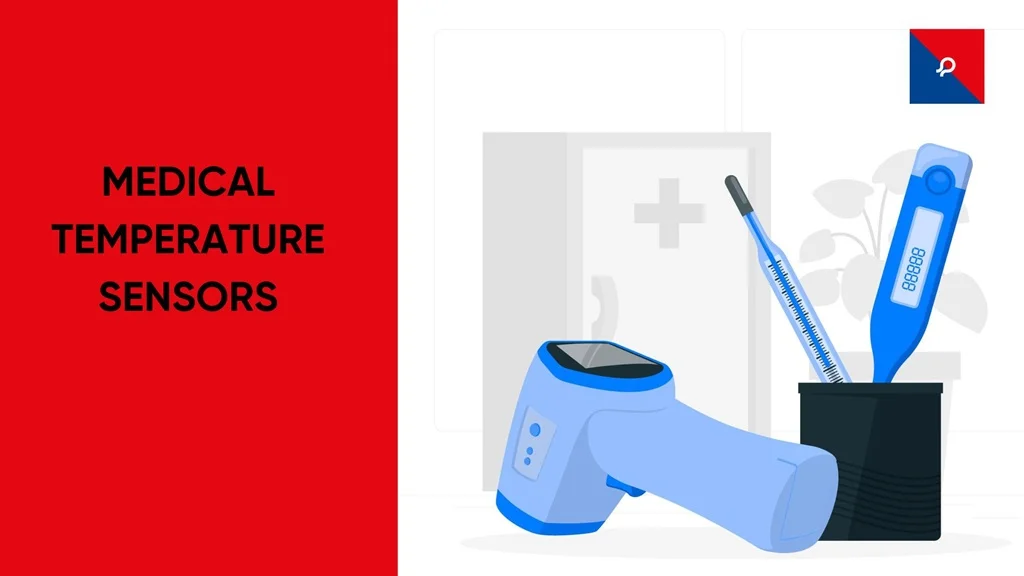
An NTC (Negative Temperature Coefficient) thermistor is a temperature sensor with an extensive range of applications in industrial equipment, consumer electronics, automotive systems, and medical devices. Learning how to choose NTC thermistors is essential for ensuring accurate temperature measurements, efficiency, and longevity in your application. This guide walks you through the critical factors to consider when selecting the right NTC thermistor.
Understanding the Basics of NTC Thermistors
NTC thermistors exhibit a drop in resistance as temperature increases. These low-resistance semiconductor thermistors can be found in almost every temperature measurement, control, and compensation application. They are among the few measuring instruments that work perfectly and accurately.
Simple working principles regulate these NTC thermistors: the material increases conduction as heat increases, which means resistance lowers. They make various sensor applications- from automotive sensors to household appliances, medical devices, and industrial equipment.
Based on the requirements, NTC thermistors are manufactured in different shapes and sizes, such as beaded, disc, and chip. Its compact design and inexpensive cost make it very important because it is used in household, industrial, and medical applications owing to its verifiability.
In short, most NTC thermistors are involved in the central parts of modern electronics, measuring temperatures precisely so that different systems remain thermally stable; therefore, they have become an essential part of consumer and industrial applications.
How to Choose an NTC Thermistor
Step 1: Determine the Application Requirements
The first and most important step in understanding how to choose NTC thermistors involves analyzing the specific requirements of your application. Key factors to consider include:
- Temperature Range: Choose a thermistor that works effectively within the limits of its own application.
- Accuracy: Where an application needs accuracy, ensure the thermistor is accurate enough to meet its specifications.
- Environmental Conditions: Reflect on the environment in which the thermistor would operate, such as exposure to moisture, a changing environment, or chemicals, and select the most appropriate thermistor with coatings or housings suitable for protection.
- Response Time: Prioritizing fast-response thermistors is essential for applications that require quickly changing temperatures.
Step 2: Resistance and Beta Value Selection
An NTC thermistor is characterized primarily by its resistance value at 25°C (R25) and the value of beta (B), which specifies its relationship between resistance and temperature.
- Resistance (R25): Specify the required resistance value suitable for the application. Typically these values are found between 1 kΩ and 100 kΩ at 25°C.
- Beta (B) Value: The value represents the sensitivity of the thermistor. High B values indicate a larger change in resistance with respect to temperature and, therefore, a more sensitive thermistor.
Step 3: Choose the Right Form Factor
The different types of NTC thermistors include:
- Disc and Chip Thermistors: Mountable on PCBs or even for smaller devices.
- Bead Thermistors: High level of accuracy in a small form.
- Encapsulated Thermistors: Those meant for rugged environments with plus points for moisture and mechanical stress protection.
- Probe assemblies: These are used in industrial applications; tough housings with long lead lengths.
Step 4: Power Handling and Stability
The gas heating coil has power dissipation and stability towards your application concerning the thermistor. Don't forget the thermistor's ability to endure the maximum primary current, as well as the power to sustain its performance without overheating or deterioration.
Step 5: Cost vs. Performance
When deciding how to choose NTC thermistors, strike a balance between performance and cost. JR Sensors offers a wide range of NTC thermistors that provide excellent quality and performance at competitive prices.
NTC Thermistor Resistance Table
An NTC thermistor's resistance goes down when the temperature goes up. Here’s a table showing its resistance at different temperatures. This can help you pick the right thermistor for your needs.
| Temperature (°C) | Resistance (Ω) – Typical 10kΩ NTC |
| -40 | ~335,000 |
| -20 | ~100,000 |
| 0 | ~32,650 |
| 25 | 10,000 |
| 50 | ~3,200 |
| 75 | ~1,200 |
| 100 | ~500 |
The actual values can change based on the type of thermistor and its B-value. Make sure to check the datasheet for the most accurate info.
Difference between NTC Thermistor and PTC Thermistor
| Feature | NTC Thermistor | PTC Thermistor |
| Full Form | Negative Temperature Coefficient | Positive Temperature Coefficient |
| Resistance Behavior | Resistance decreases with temperature | Resistance increases with temperature |
| Application Use | Temperature sensing and measurement | Overcurrent protection and self-regulation |
| Response Time | Fast and responsive | Comparatively slower |
| Accuracy | High accuracy in sensing | Less accurate for precise measurement |
In short, NTC thermistors are ideal for precise temperature sensing, while PTC thermistors are commonly used for circuit protection and current limiting.
Advantages of an NTC thermistor
- High Accuracy: Offers precise readings for temperature monitoring and control.
- Compact Size: Small form factor makes them easy to embed in any application.
- Wide Temperature Range: Operates effectively from -55°C to +200°C.
- Cost-Effective: Delivers reliable performance at a lower cost than many other sensors.
- Fast Response Time: Reacts quickly to changes in temperature, ideal for dynamic environments.
- Versatile Design: Available in various shapes—bead, disc, chip, probe—to fit different use cases.
Disadvantages of NTC thermistors
- Non-Linear Output: The resistance vs. temperature curve isn’t linear, requiring calibration or compensation.
- Limited High-Temperature Use: Performance may drop or degrade above certain extreme temperatures.
- Self-Heating Effect: Current flow can heat the thermistor, slightly affecting its readings if not managed.
- Environmental Sensitivity: Moisture or physical stress can impact sensor life or stability if not protected.
Why Choose JR Sensors for NTC Thermistors?
JR Sensors is one of the world's largest manufacturers of NTC thermistors. Offers include:
- Wide Temperature Ranges: Thermistors are designed to work over a temperature range from -55 to 200 degrees Celsius to meet the requirements of different applications.
- Custom Solutions: The ability to tailor-make thermistors according to your requirement specifications.
- Durability: These materials and protective coatings guarantee long performance life.
- Fast Response Times: Thermistors are optimized for quick temperature changes.
- Expert Support: Specialized advice to help you choose the ideal thermistor that meets your needs.
Conclusion
Understanding how to choose NTC thermistors is crucial for ensuring optimal performance and reliability in temperature-sensitive applications. By considering factors such as temperature range, accuracy, environmental conditions, and power handling, you can select a thermistor tailored to your needs.
JR Sensors offers a wide range of reliable NTC thermistors, ensuring precision, durability, and cost-effectiveness. Whether you’re designing for automotive, industrial, or medical applications, JR Sensors has the right solution to meet your requirements.
Frequently Asked Questions
1. What is the most important factor when selecting an NTC thermistor?
2. How do I calculate the resistance-temperature curve for an NTC thermistor?
3. What is the typical lifespan of an NTC thermistor?
4. Can I use the same NTC thermistor for temperature sensing and compensation?
5. Do JR Sensors offer custom thermistor solutions?

Burnt Biscuits? Blame the Sensor – The Hot Truth About Your Oven’s Temperature Troubles
If your oven’s cooking like it’s got a mind of its own, your temperature sensor might be the silent saboteur. From half-baked casseroles to scorched cookies, we break down how this little sensor works, why it matters, and how to fix it—without losing your cool (or your dinner). A fun, practical guide that’s just as useful as it is digestible.

Hot Stuff: Why Your Engine Can’t Live Without an Exhaust Temperature Sensor
Think exhaust sensors are just another car part? Think again. These tiny guardians track fiery exhaust temps, protect turbos, keep emissions in check—and even help you pass that dreaded test. Dive into the witty, down-to-earth guide on how EGT sensors silently save your engine (and your wallet) every day. Bonus: You’ll sound like a car guru by the end.

Tiny Tech, Big Impact: Inside the World of Medical Temperature Sensors
Discover how medical temperature sensors work, why they're crucial in healthcare, and how health sensors are transforming modern medical diagnostics. From wearable tech to high-precision devices, learn about the different types of temperature sensor medical devices used today.